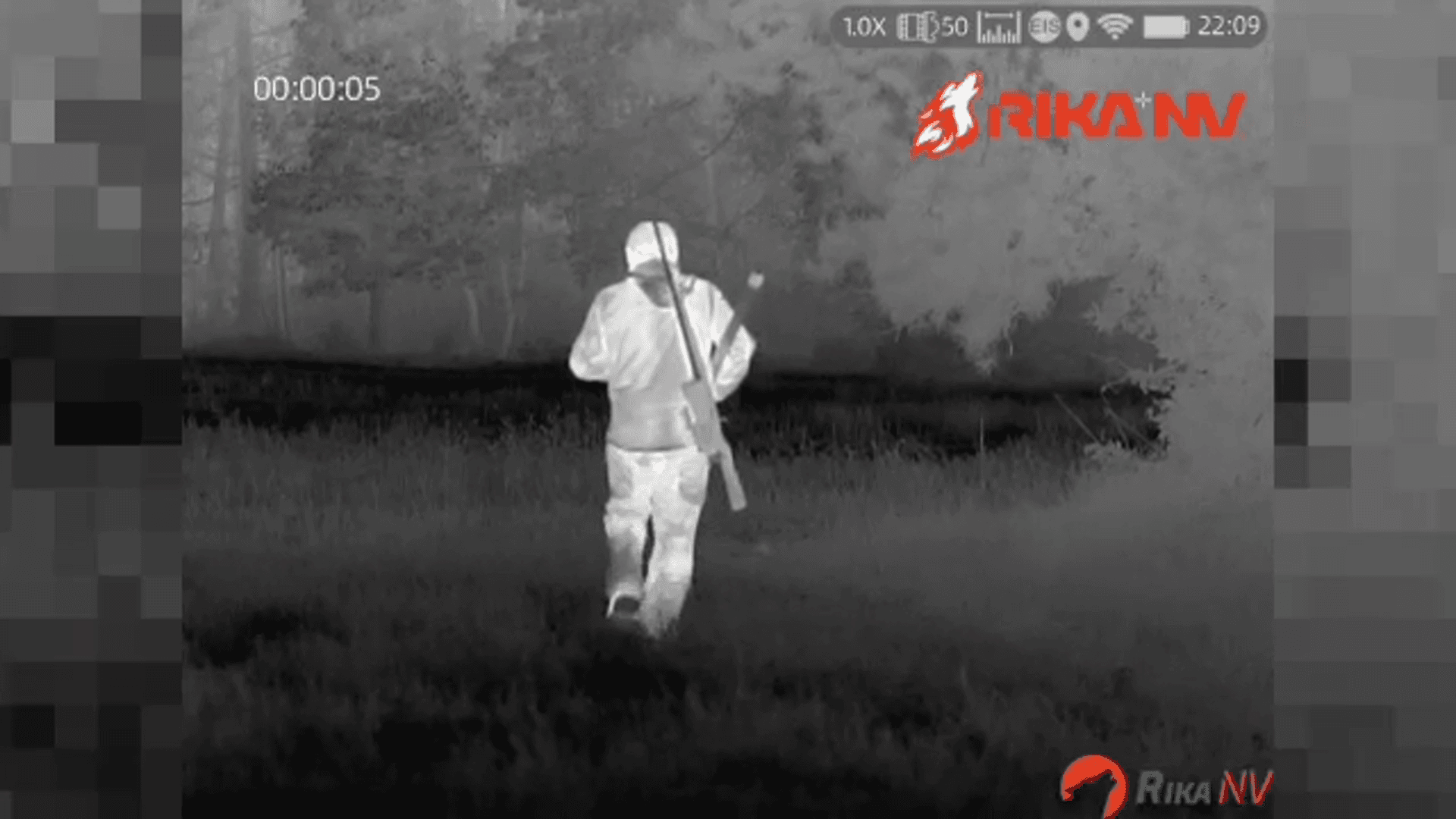
The Canadian Wildlife Federation (CWF) is one of Canada’s leading conservation organizations, dedicated to fostering appreciation for wildlife and preserving the country's natural heritage. Founded in 1961, CWF has been instrumental in promoting environmental education, supporting scientific research, and advocating for sustainable practices that benefit both humans and wildlife. It focuses on wildlife conservation, protecting natural resources CWF promoting sustainable hunting and fishing practices. The Canadian Wildlife Federation (CWF) is a non-profit organization that actively participates in research and biodiversity conservation projects across Canada. History of CWF Established in 1961, the Canadian Wildlife Federation was created to address growing concerns about habitat loss, pollution, and declining wildlife populations across Canada. At the time, there was a lack of coordinated effort to protect the nation's rich biodiversity, and CWF emerged as a unifying voice for conser
Post: 3 February 17:32














































